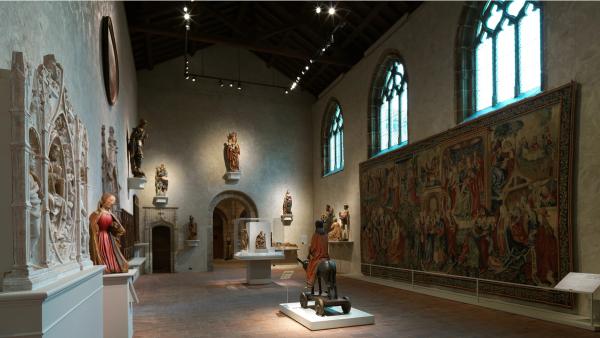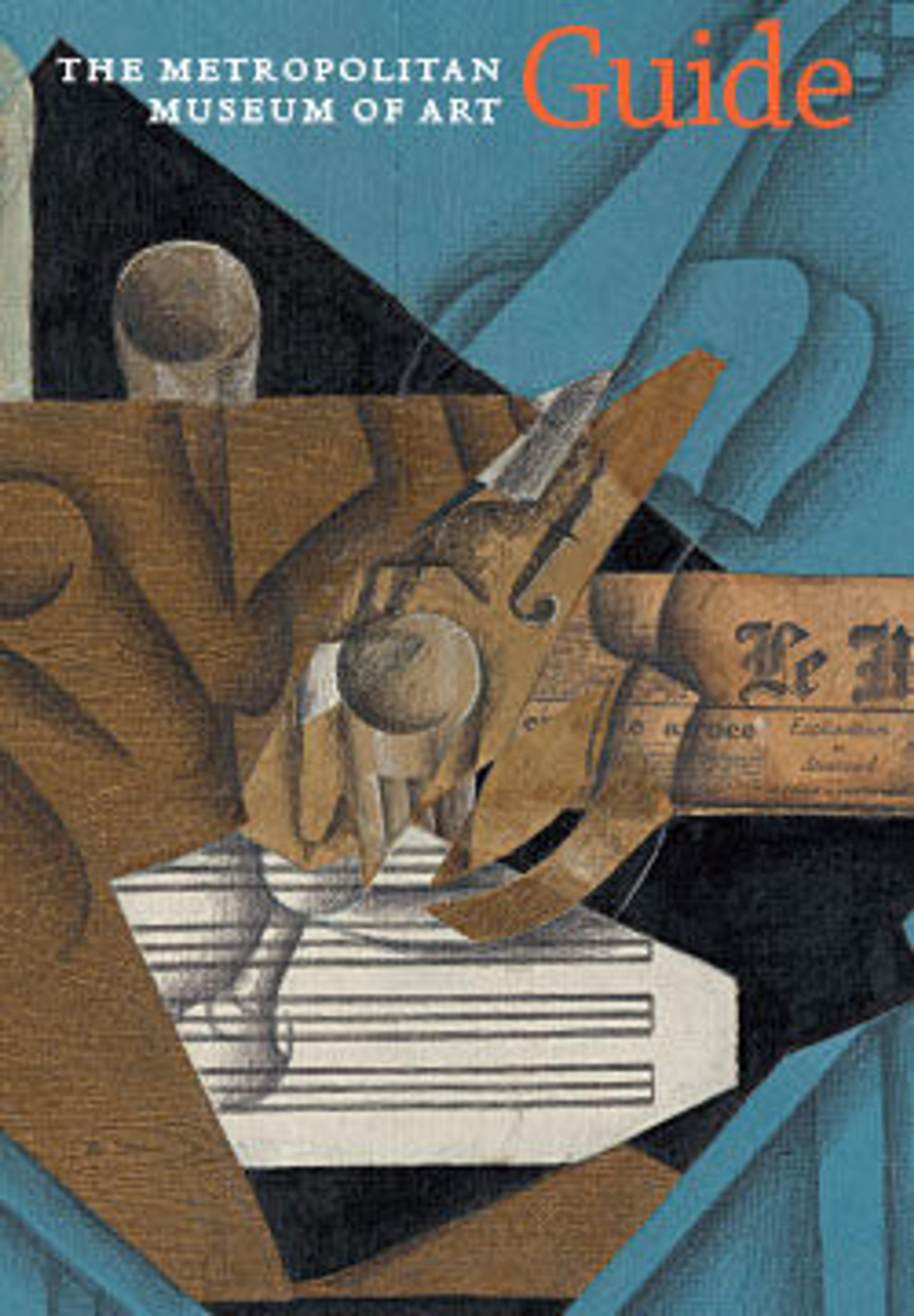English
Seated Bishop
Late medieval limewood sculptors in SouthGermany, of whom Tilman Riemenschneider was one of the most gifted, adopted the practice of allowing the sculptures of large altarpieces to go unpainted. They chose instead to stain a few details in black, such as the eyes in this figure, and to finish the surface with a clear glaze. The lack of attributes makes the identification of this bishop uncertain, but his seated position may indicate that he represents one of the four Church Fathers, either Saint Augustine or Saint Ambrose, the only two with the rank of bishop. The scale and the positioning of the head indicate that the figure occupied the left side of a central shrine of a small altarpiece possibly dedicated to these early leaders of the Church. Although it is actually a high relief, this sculpture conveys a striking sense of volume through a rich play of interconnecting curves. The sensitive and descriptive rendering of the elderly face achieves both psychological depth and spiritual weight.
Artwork Details
- Title: Seated Bishop
- Artist: Tilman Riemenschneider (German, 1460–1531)
- Date: ca. 1495
- Geography: Made in Würzburg, Lower Franconia
- Culture: German
- Medium: Limewood and gray-black stain
- Dimensions: 35 1/2 x 14 x 5 7/8 in. (90.2 x 35.6 x 14.9 cm)
- Classification: Sculpture-Wood
- Credit Line: The Cloisters Collection, 1970
- Object Number: 1970.137.1
- Curatorial Department: Medieval Art and The Cloisters
Audio

Seated Bishop
Gallery 20
0:00
0:00
We're sorry, the transcript for this audio track is not available at this time. Please email info@metmuseum.org to request a transcript for this track.
Listen to more about this artwork
More Artwork
Research Resources
The Met provides unparalleled resources for research and welcomes an international community of students and scholars. The Met's Open Access API is where creators and researchers can connect to the The Met collection. Open Access data and public domain images are available for unrestricted commercial and noncommercial use without permission or fee.
To request images under copyright and other restrictions, please use this Image Request form.
Feedback
We continue to research and examine historical and cultural context for objects in The Met collection. If you have comments or questions about this object record, please contact us using the form below. The Museum looks forward to receiving your comments.
